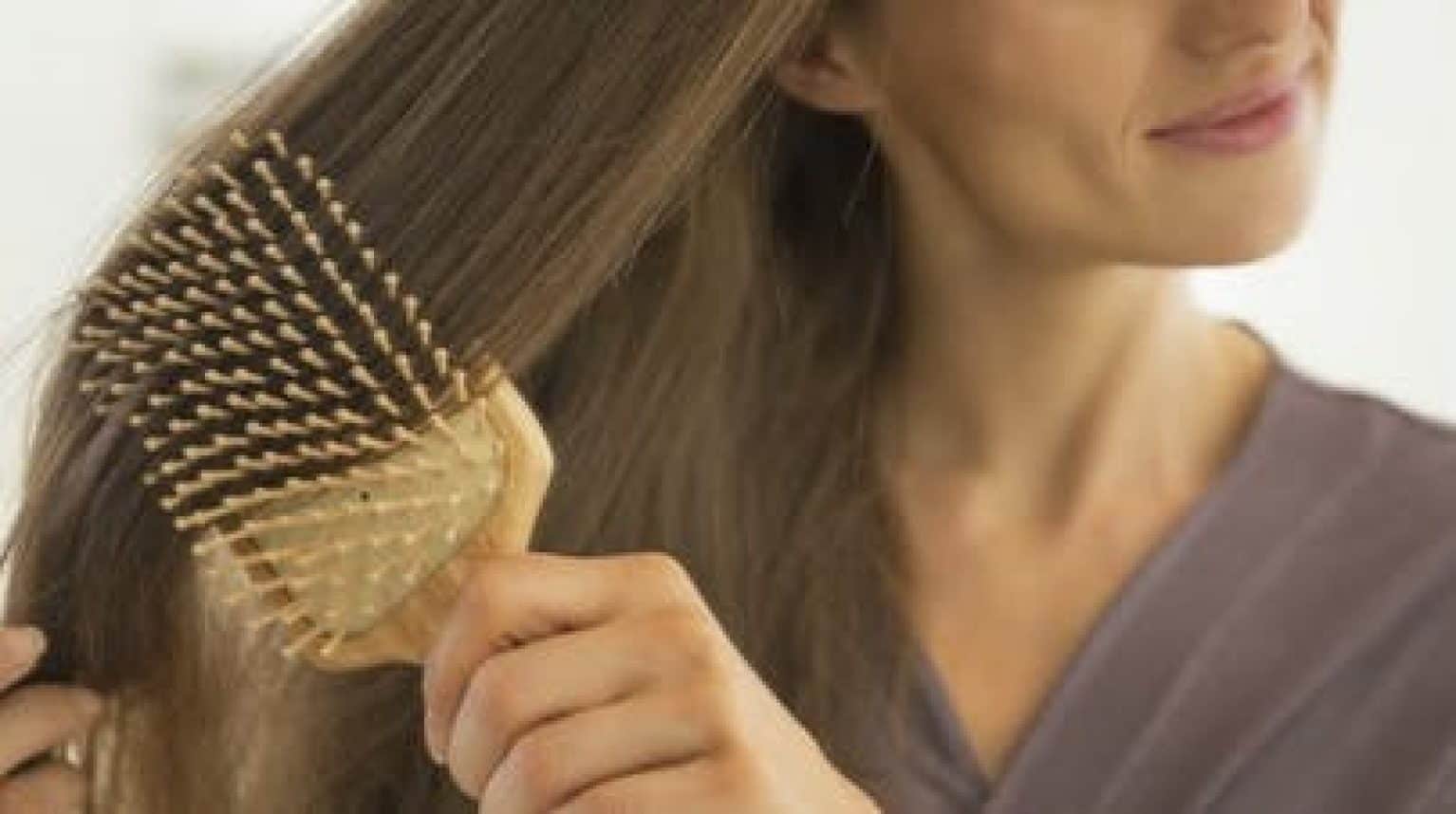Évidemment, toutes les femmes sont un jour désireuses de faire une coloration à leurs cheveux.
Une grande fête à honorer, des cheveux blancs que l’on croit disgracieux ou encore une envie de changer de tête… les raisons peuvent être nombreuses.
En soi, c’est très bien que de vouloir s’offrir un soin et renouveler son apparence physique.
Toutefois, ces colorations se font au prix d’un sacrifice violent pour les cheveux.
Les effets néfastes de la coloration chimique sur le cheveu
 Que l’on aille chez le coiffeur ou que l’on achète les produits en grande surface, la coloration est chimique dans la plupart des cas.
Que l’on aille chez le coiffeur ou que l’on achète les produits en grande surface, la coloration est chimique dans la plupart des cas.
Elle repose alors sur un principe assez simple qui consiste à détruire les cellules protectrices du cheveu, la cuticule. C’est ainsi qu’elle pénètre dans la couche qui fait la couleur de la chevelure.
La coloration chimique s’attaque alors à blanchir le cheveu pour lui remettre dans le même temps la couleur attendue.
C’est une démarche agressive pour le cheveu qui perd sa protection naturelle.
La coloration chimique, aussi séduisante qu’elle puisse paraître, est néfaste pour le cheveu et le cuir chevelu. En effet, l’ammoniaque ou ses dérivés, la présence de radicaux libres et de résorcine abîment durablement le cheveu.
Pire encore, les produits que l’on ne cesse de mettre pour atténuer le choc de la coloration chimique n’empêchent pas pour autant le cheveu d’être poreux.
Il souffre inutilement, notamment en le remplissant de silicone avec des produits soi-disant protecteurs.
De la même façon, la coloration chimique après l’utilisation du henné qui gaine le cheveu, est à la fois totalement inutile et va sécher votre cheveu, le transformant en une paille affreuse.
Plus d’informations sur ce sujet : on parle de Biocoiff’ dans la presse
Conséquences de la chimiothérapie sur les cheveux
La chimiothérapie est une épreuve que l’on ne souhaite à personne.
En dehors de la maladie elle-même, l’une de ses conséquences les plus difficiles à supporter est la perte de cheveux. Non pas que cette dernière soit douloureuse mais elle affecte le physique et l’estime que l’on a de soi.
Si les cheveux tombent durant un traitement, c’est parce que les médicaments utilisés ciblent des cellules à division rapide, celles qui propagent la maladie, or le cheveu est de cette même nature.
En période de chimio, le cheveu souffre beaucoup.
Il est d’ailleurs très fortement contre-indiqué de faire une coloration chimique qui va agresser encore plus le cheveu.
On peut le protéger, s’ils ne tombent pas tous, avec des soins, des brossages réguliers et des lavages doux. Mais quelles que soient les mesures prises, la chute est marquée.
Quelle est la composition d’une coloration végétale après une chimio ?
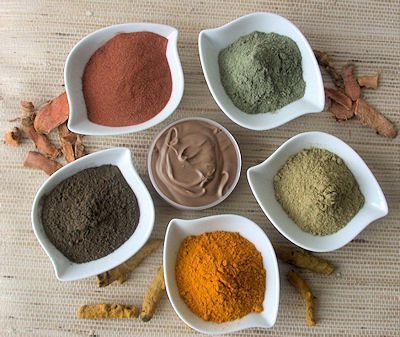
A ces cheveux qui souffrent des agressions du quotidien ou de périodes plus particulières, il existe aujourd’hui une solution.
C’est celle de la coloration végétale après une chimio. Elle n’est en réalité pas une invention moderne, le henné a de tout temps était utilisé comme coloration naturelle et il est toujours très apprécié.
Toutefois, ses produits sont maintenant bien plus performants. Ils permettent bien plus qu’un simple ton sur ton ou de la coloration de mèche.
Le henné reste l’un des principes actifs de cette coloration végétale mais il n’est pas seul. Il est associé à l’argan, au noyer, à l’indigo et à bien d’autres extraits de plantes ou de racines en fonction du résultat attendu.
C’est aussi un très bon choix pour une coloration végétale après une chimio ou pour les femmes enceintes.
On ne manipule pas de produits chimiques et le gainage ainsi que l’entretien du cheveu lui assurent une force bien utile en période de chute des défenses immunitaires.
La coloration végétale : une solution efficace et sans conséquence pour le cheveu
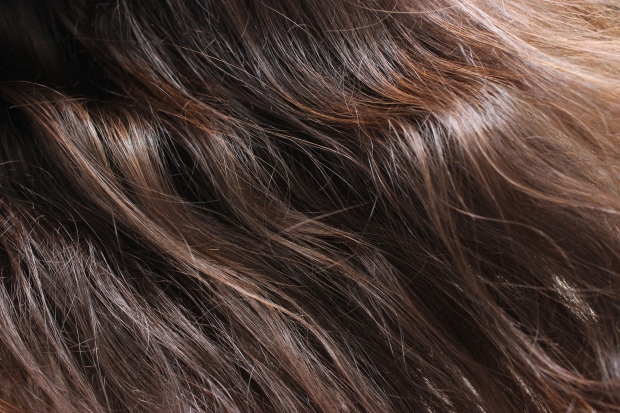
La teinture naturelle est la solution de bon sens lorsque l’on veut prendre soin de ses cheveux.
Que l’on veuille une coloration végétale après une chimio ou tout simplement retrouver les cheveux de son adolescence, l’option de l’agressivité n’est jamais la bonne sur le long terme.
Si le résultat sur la couleur est immédiat, la détérioration du cheveu, en particulier à cause de la porosité induite par les produits chimiques, assure une dégradation rapide.
Un cheveu qui tombe, qui devient cassant, qui perd de son tonus ne sert à rien même s’il a une belle couleur.
C’est pour cela que la coloration végétale, dont la qualité est aujourd’hui très bonne, permet à la fois de se protéger, de gainer son cheveu et de lui offrir une palette de couleur qui n’a rien à envier au procédé chimique, mais sans les inconvénients.

 Coloration Végétale
Coloration Végétale
 Balayage minéral
Balayage minéral
 Soins Capillaires
Soins Capillaires
 Coupe
Coupe
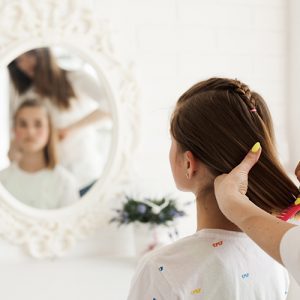 Diagnostic gratuit
Diagnostic gratuit
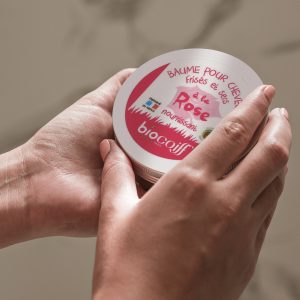 Accueil E-boutique
Accueil E-boutique
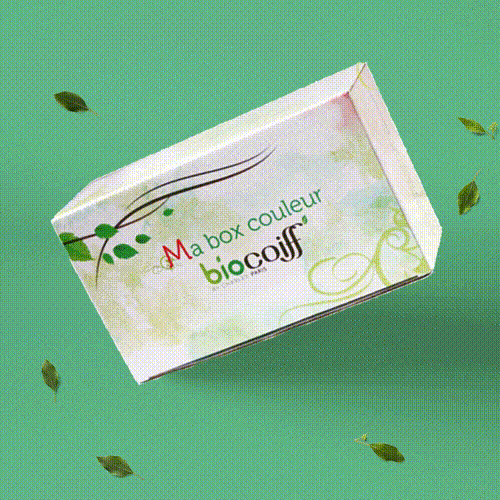 Box Couleur
Box Couleur
 Shampoings
Shampoings
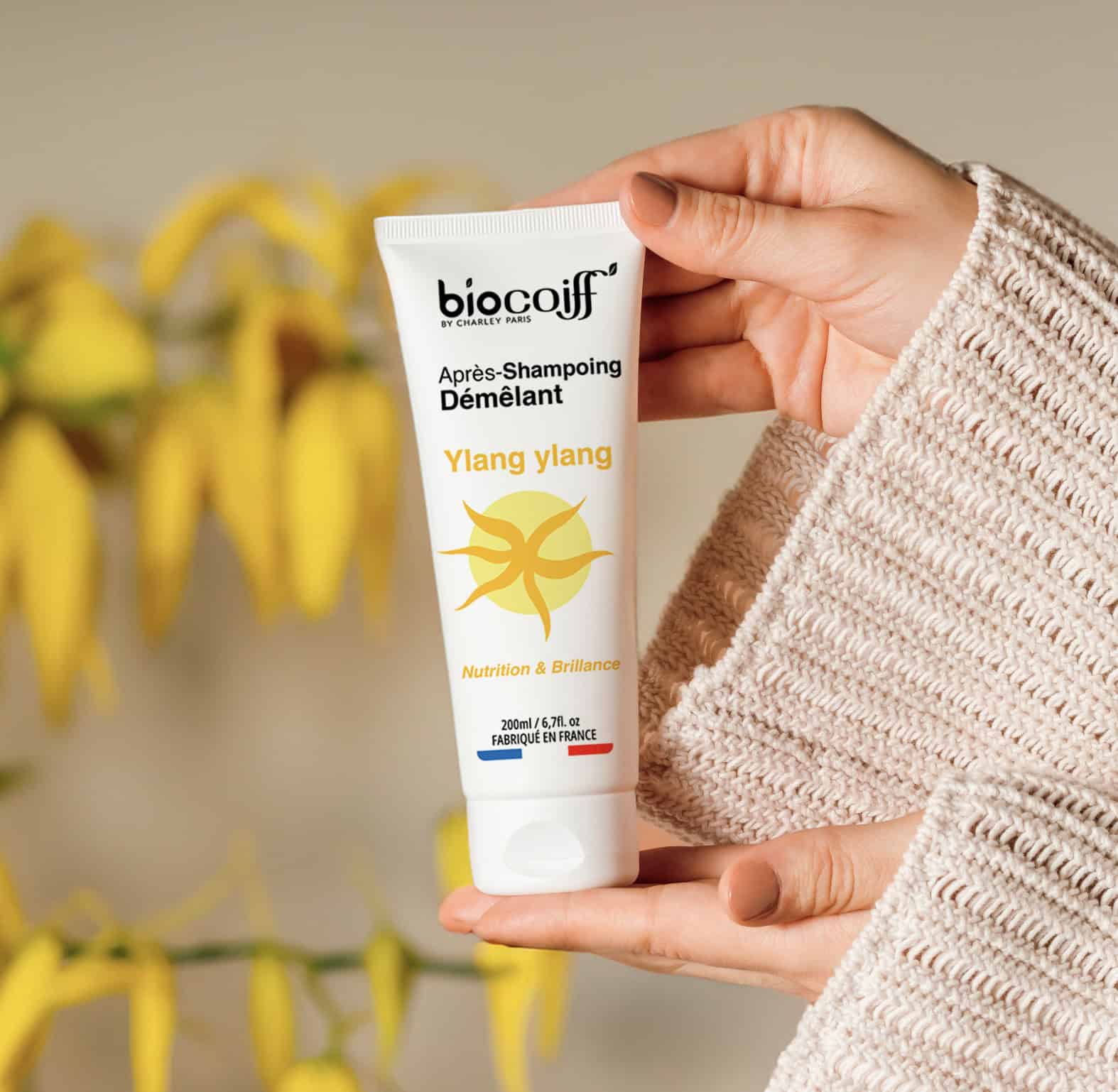 Soins
Soins
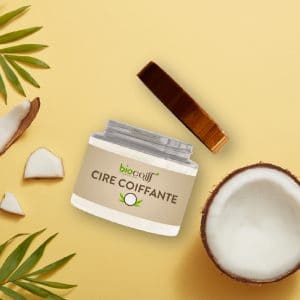 Coiffants
Coiffants
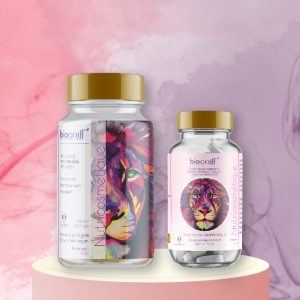 Nutricosmétiques
Nutricosmétiques
 Accessoires
Accessoires
